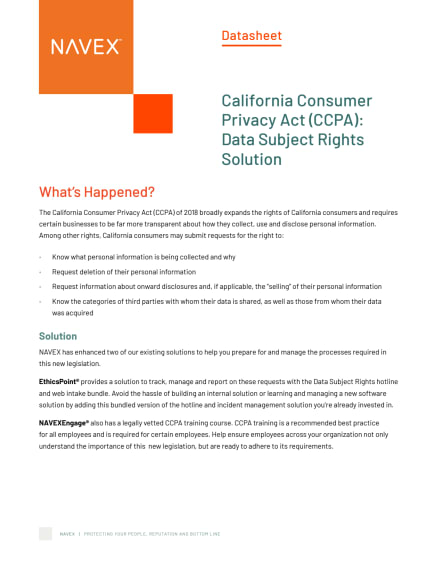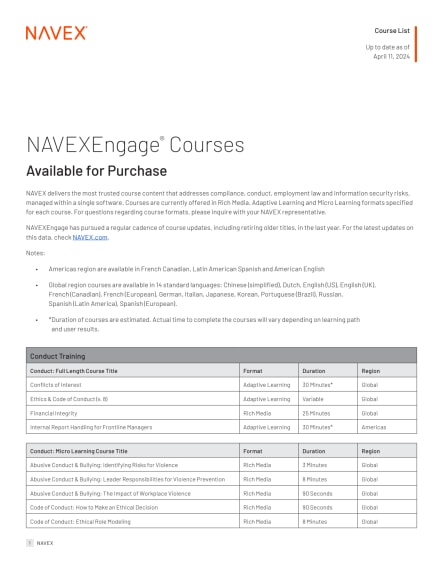
CPRA Compliance
The California Privacy Rights Act (CPRA) amends and expands upon California’s existing California Consumer Privacy Act (CCPA). It is a state law that gives California residents the right to know what personal information companies collect about them, why it is collected, and what is done with it. The law also gives residents the right to ask companies to delete or correct their personal information, as well as the right to opt out of selling their personal information.



